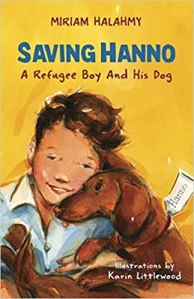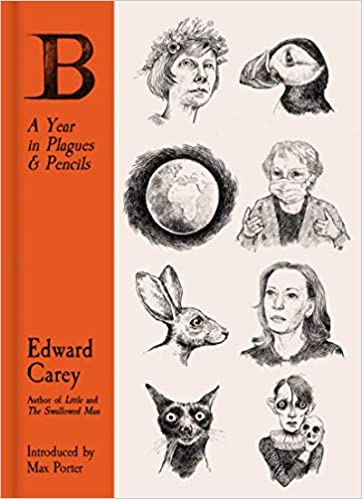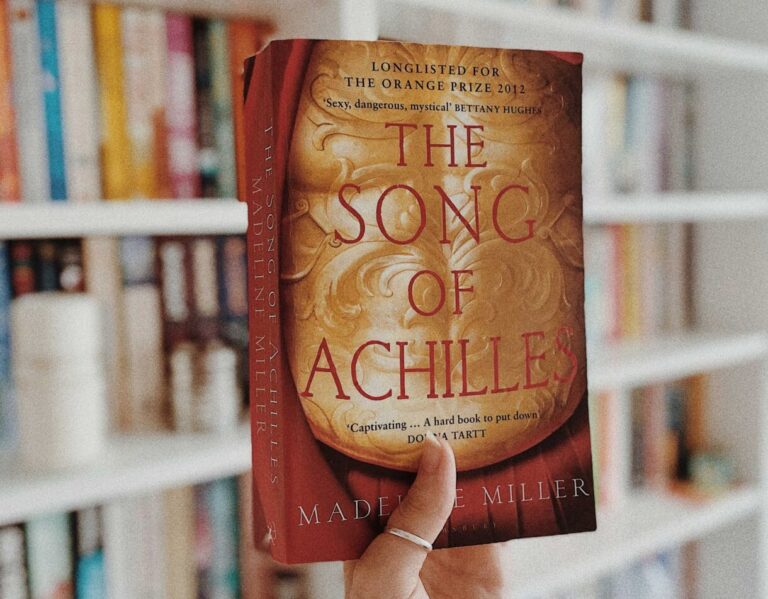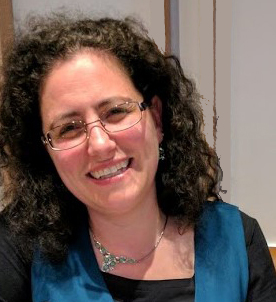This has been overlooked. Jewish children appear in historical children’s fiction as dying or being oppressed in the Holocaust but contemporary Jewish life has been ignored or perhaps even discouraged in children’s fiction. We UK Jewish children’s writers are aware of the gap and are working to address it. My latest teen novel, Always Here For You, has a second main character, Noah, 14 yrs, who is Jewish and references his Bar Mitzvah. It is set in contemporary Brighton and doesn’t refer to the Holocaust or the Israeli Palestinian conflict. He is just Noah who is one of the kids; he is essential to the survival of the main character, Holly, who is being groomed online by a paedophile and Noah happens to also be Jewish.
Nine year old Rudi lives with his sister, Lotte, 15, and parents in Frankfurt. But it is late November 1938 and Rudi’s family are Jewish. Nazi Germany is a very dangerous place for Jews and so Rudi’s parents decide to send Rudi and Lotte on the Kindertransport to London. But Rudi is devastated because he cannot take his beloved dog, Hanno, with him on the train. At the last minute a friend takes Hanno to London and puts the dog in quarantine and so Hanno is saved. But even when Rudi is reunited with Hanno the danger is not over. It is now August 1939 and the population are putting their pets down because war is coming and they don’t think they can feed animals or look after them during bombing raids. So Rudi has to save Hanno once again and has more dangers to overcome. Saving Hanno is a book about the Holocaust for younger readers. It doesn’t mention the Holocaust or any of the horrors, but it looks at the plight of refugee Jewish children in a time of extreme danger and is an introduction to the subject. Holocaust educators have told me that there is almost nothing for the seven plus age group on this subject, even though schools often cover Holocaust Memorial Day and the Kindertransport. So I feel that the book has filled a gap in children’s literature.
ANSWER
I love spending time with my scampy grandsons who are seven and five. I have two married children and we always seem to be gathering for birthdays, festivals, days out, etc. I read an enormous amount – two to three books a week on average. I love being in the outdoors and in nature so we go on lots of walks and in Covid have been exploring the counties around London a lot more. I also love to travel and explore other countries and cultures. But that is on hold at the moment.
1. Tell us a little about Saving Hanno.
5. What do you do when you aren’t writing? What do you do to relax and get away from it all?
Inspired by the real events of the Kindertransport and the refugee children who came to Britain just before war was declared.

In these times of increasing diversity in children’s literature, why don’t Jewish children appear in contemporary UK children’s literature, as just one of the kids or the main character, as they do in American children’s literature?
Not really. I have published eight novels for children and teens, as well as other educational books and shorter books so I feel that there are few surprises left. One of the things that fascinates me is working with my American publisher. They have to try and interpret my UK English idioms, such as ‘he plays for the first eleven’. I hadn’t thought that might be difficult, but it simply doesn’t exist in American English. But they are so experienced, they translated it as, ‘he’s a starter for the soccer team.’ One idiom which made me laugh was when one of my character’s said, “you takin’ a liberty?’ That confused my American editor and she asked if I was talking about the shop Liberty’s in Oxford Street!
I was researching a previous book, The Emergency Zoo, about the culling of the pets at the outbreak of WW2, a largely untold story. In my book the children decide to hide their pets in a hut in the woods to save their lives. During my research I found out about a German Jewish brother and sister who wrote to a UK animal charity, saying they are coming to England – it is 1939 and they are coming on the Kindertransport – and ask the charity to fund quarantine for their dog. The charity agreed, as evidenced in their minutes. I thought, There was a dog associated with the Kindertransport! My story for Saving Hanno was born.
Rudi is nine. His own country is no longer safe for Jewish children and he is being sent from Germany to England on the Kindertransport train. But he can’t take his beloved little dog, Hanno. By a lucky chance Hanno is smuggled into England and helps Rudi to cope with life in a strange country. But as World War 2 looms, there is a chilling new threat to Hanno. How can Rudi and his new friends save their pets?
About the Book
I am a mixture of both. Once I have my inciting idea, I write a character list, putting down everything I can think of about each character and often this leads to me writing some scenes. Then I think about the crises in the plot and the climax, again writing a few lines or a couple of paragraphs for each. But after that I begin writing and see where the story goes.
4. Having been through the process a few times, is there anything about the process of publishing a book that still surprises you?
The Complete Works of Shakespeare. Shakespeare has something new to offer each time I see one of the plays, or read the sonnets, etc. I would never tire if this was the only book in my hands.
Miriam Halahmy’s novels include Hidden, Always Here for You, Rip to the Rescue and The Emergency Zoo. Her latest novel, Saving Hanno, was published by Otter-Barry Books on 14 January 2021.
Miriam kindly answered a few of my questions.
2. What inspired the book?
3. Are you a plan, plan, plan writer or do you sit down and see where the words take you?
7. I like to end my Q&As with the same question so here we go. During all the Q&As and interviews you’ve done what question have you not been asked that you wish had been asked – and what’s the answer?
6. If you could only read one book for the rest of your life which book would it be?







